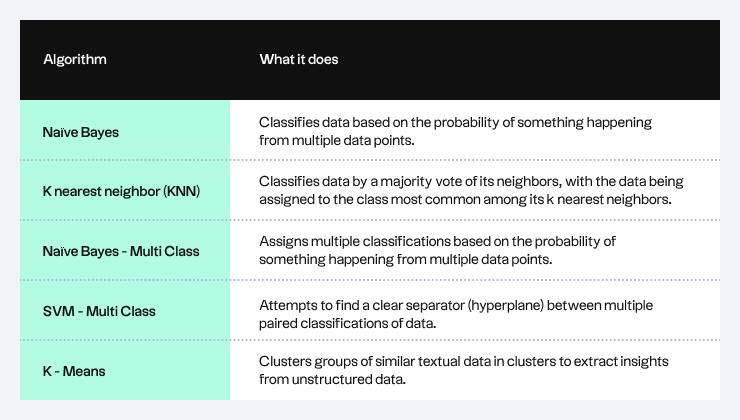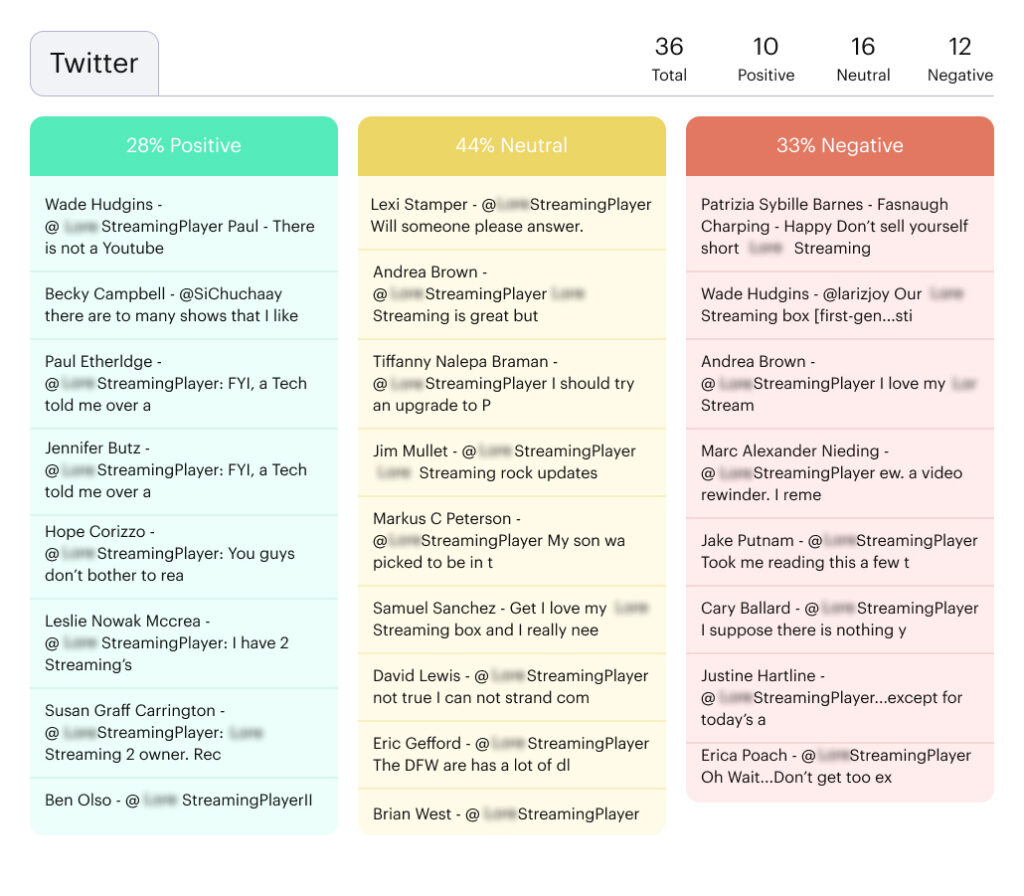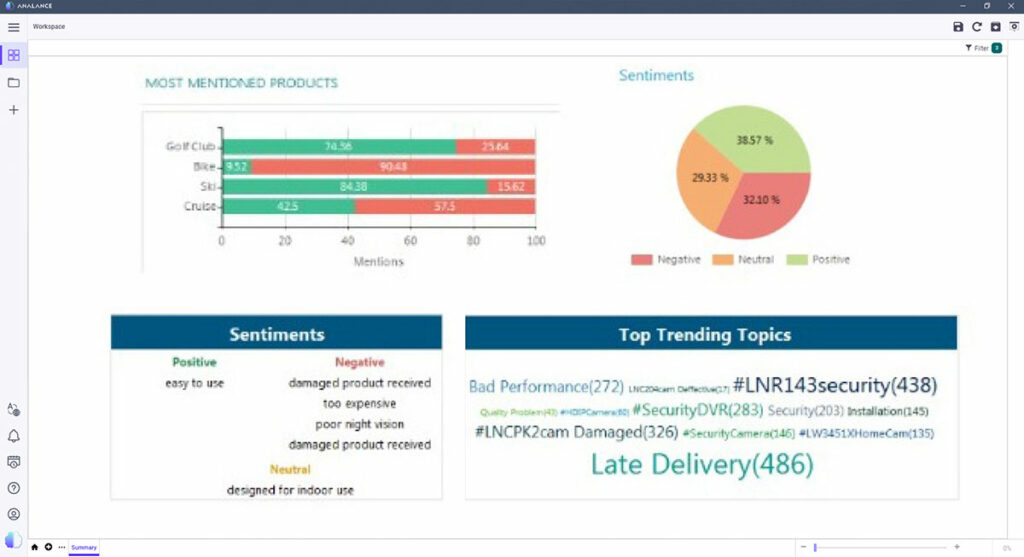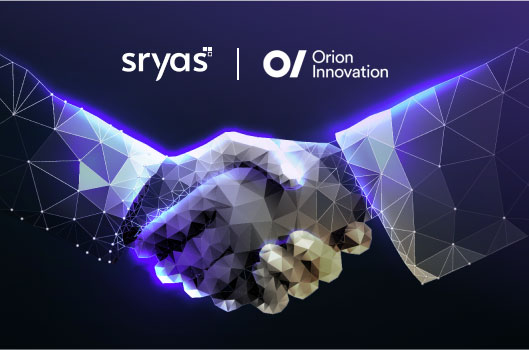
What if you can get insights into understanding your customers better, know what they need, and make inferences based on their mood?
We’re now proud to announce one of the upcoming features of our release—a powerful set of natural language processing (NLP) algorithms. With Analance, you’ll be able to use 5 new algorithms to enhance your sentiment and text analytics capabilities across your organization.
In this post, we’ll outline the 5 new algorithms and then go into two detailed real-world examples of the insights you’ll get from deploying them as part of your analytics strategy.
5 new NLP algorithms, explained
This natural language processing algorithms list will give you an idea of the capabilities offered by sentiment and text analytics.

Real-world examples
To illustrate what these algorithms can do for your organization, here are two real world uses for them.
1. Find out what your customers think


Our first example, which makes use of the SVM – Multi Class algorithm, takes feedback from multiple social media platforms (data points) and classifies them according to the poster’s mood—be it positive, neutral, or negative.
The picture above gives you an idea of the results you’ll get from this algorithm. It shows what customers think about a video streaming platform.
This algorithm can give you a lot of insight into your customers’ opinions on your products and/or services and help you extract—and better respond to—negative comments and service issues.
2. Looking at trends

Another example is using the Text Clustering K-Means algorithm to cluster similar terms into a word cloud that shows you which general topics or comments are trending.
In the picture above, you’ll see various advanced analytics dashboards for an online shopping site. Here, you can see the kinds of insights that this algorithm can provide, including which products are the best (or worst) reviewed, if people are having trouble with shipping or the site, and whether people are satisfied with the sellers.
This can give you a lot of valuable and actionable information that can help you target services and improve business practices.
These are just two possible real-world examples of how you can use natural language processing models and artificial intelligence to enhance your business analytics capabilities.





